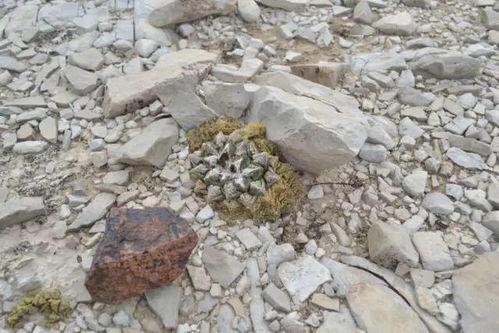Introduction:
Winter, with its crisp air and glistening ice, presents a unique challenge and opportunity for anglers. Among the fish that remain active during these cold months is the Grass Carp, a species that can be quite elusive but equally rewarding to catch. This article delves into the art of winter Grass Carp fishing, offering essential techniques and tips to help you land these majestic creatures.
Understanding Winter Grass Carp Behavior:
Before delving into the fishing techniques, it's crucial to understand the behavior of Grass Carp during the winter months. These fish are known to be more active during the early morning and late afternoon hours, as the water temperature is warmer. They also tend to congregate in deeper waters, where the temperature remains more stable. Knowing these patterns is the first step towards successful winter Grass Carp fishing.

Choosing the Right Equipment:
The equipment you use can make or break your winter Grass Carp fishing experience. Here's what you'll need:
Rod and Reel: A medium-heavy action rod with a fast reel is ideal for Grass Carp. The rod should be around 7 to 8 feet long to provide the necessary sensitivity and strength.
Line: Use a monofilament line with a thickness of 10 to 15 pounds. This line is strong enough to handle the fish's size and weight while remaining flexible enough for precise casting.
Hook: A size 4 to 6 hook is suitable for Grass Carp. The hook should be sharp and designed for heavy-duty fishing.
Lures and Baits: In winter, Grass Carp are more likely to feed on natural baits. Live bait such as worms, leeches, or minnows can be highly effective. Artificial lures, like spinnerbaits or crankbaits, can also be used, especially during sunny days when the fish are more active.
Winter Grass Carp Fishing Techniques:
Locate the Hot Spots: During winter, Grass Carp tend to move to deeper waters, often near structure such as submerged trees, rocks, or brush piles. Use a fishfinder to locate these areas and mark them for future reference.
Early Morning and Late Afternoon Fishing: As mentioned earlier, Grass Carp are more active during these times. Plan your fishing trips accordingly to increase your chances of success.
Presenting the Bait: When using live bait, thread it onto the hook and allow it to sink naturally. For artificial lures, cast them into the marked areas and retrieve them slowly, mimicking the natural movement of the baitfish.
Patience is Key: Winter Grass Carp fishing requires patience. The fish may not bite immediately, so be prepared to wait for the right moment. Keep your line tight but relaxed, and be ready to set the hook when you feel a tug.
Adjust to Weather Conditions: Winter weather can be unpredictable. Dress warmly and be prepared for sudden changes in temperature. Also, consider the wind direction and speed, as they can affect your casting and fishing experience.
Conclusion:
Winter Grass Carp fishing is a rewarding pursuit that requires patience, knowledge, and the right techniques. By understanding the behavior of these fish, choosing the appropriate equipment, and applying the right fishing methods, you can increase your chances of landing a trophy Grass Carp. So, bundle up, hit the ice, and enjoy the tranquility and thrill of winter fishing for Grass Carp. Happy fishing!












